Importance of motor winding end binding
Whether it is a stator winding or a rotor winding, whether it is a soft winding or a hard winding, its ends must be bound during the manufacturing process; theoretically, the purpose of binding is to ensure that the relative positions of windings, windings and insulation, windings and related parts remain unchanged, and to help the curing effect of the windings after varnish dipping and drying.
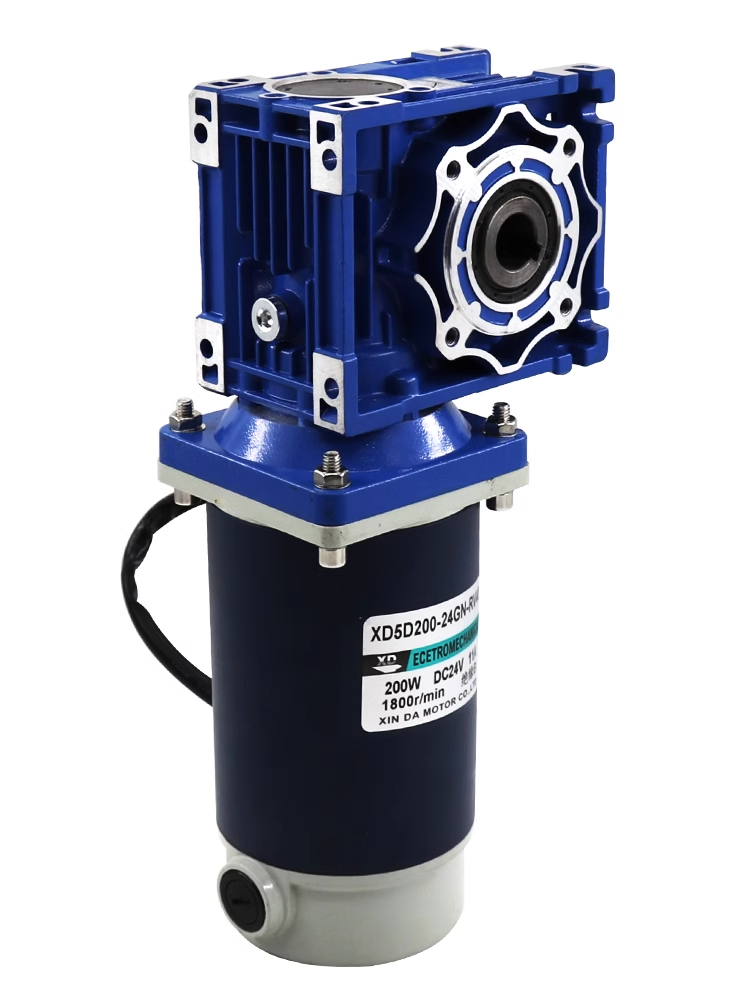
To achieve this goal, heat-shrinkable insulating tape or binding rope is used when binding the winding to ensure that the end of the winding is a relatively solid whole after the winding is dipped in paint and dried. However, the heat shrinkage of the binding tape has a certain range, so a certain tension should be ensured during the binding process.
It is also important to emphasize that, for the binding and fixing of the lead wire, on the one hand, it is necessary to ensure that the lead wire cannot move arbitrarily after binding, and on the other hand, it is necessary to ensure that the connection between the lead wire and the main wire will not be pulled by the later processing. In view of the above reasons, the binding of the winding end must be standardized, and cannot just stay in the form of winding.
Since the motor windings are divided into in-phase and out-of-phase, there will be mutual attraction and repulsion forces between the two adjacent coil bars at the ends. In order to avoid displacement caused by the forces, the ends must be fixed as necessary. In the side gap between adjacent winding bars, choose a polyester rope with a thickness similar to the gap size to tie it tightly.
At present, the stator of high-voltage motor mostly adopts VPI whole impregnation process, and its insulation structure is to wrap the coil with powder mica tape, tie the coil end with polyester glass rope, and tie the coil and end hoop with rope force, but it should not be too tight to prevent the contact part between the two from being damaged to varying degrees, which will reduce the insulation performance. When the coil is heated and embedded according to the process requirements, the insulation at the end of the coil near the nose end softens. This damages the insulation and affects the service life.
Since the pitch of high-speed motors is large and the distance between poles is also large, the stator windings generally have the characteristics of long end dimensions and large bell mouths. Some use large and small coils, the inner round coils at the ends are wavy, and the gap between the lower and upper layers is extremely small. For this reason, a layer of 4-5mm thick polyester felt can be wrapped flat on the insulation of the coil end hoop to act as a cushion between the coils. Because the polyester felt is soft and has a certain amount of compression, the insulation of the coil tied with embedded wires will no longer be depressed by the end hoop, and the contact area at the binding point is also increased, ensuring that the coil is in close contact with the end hoop. After the winding contains paint and solidifies, it will be beneficial to fix the end in radial and tangential directions.



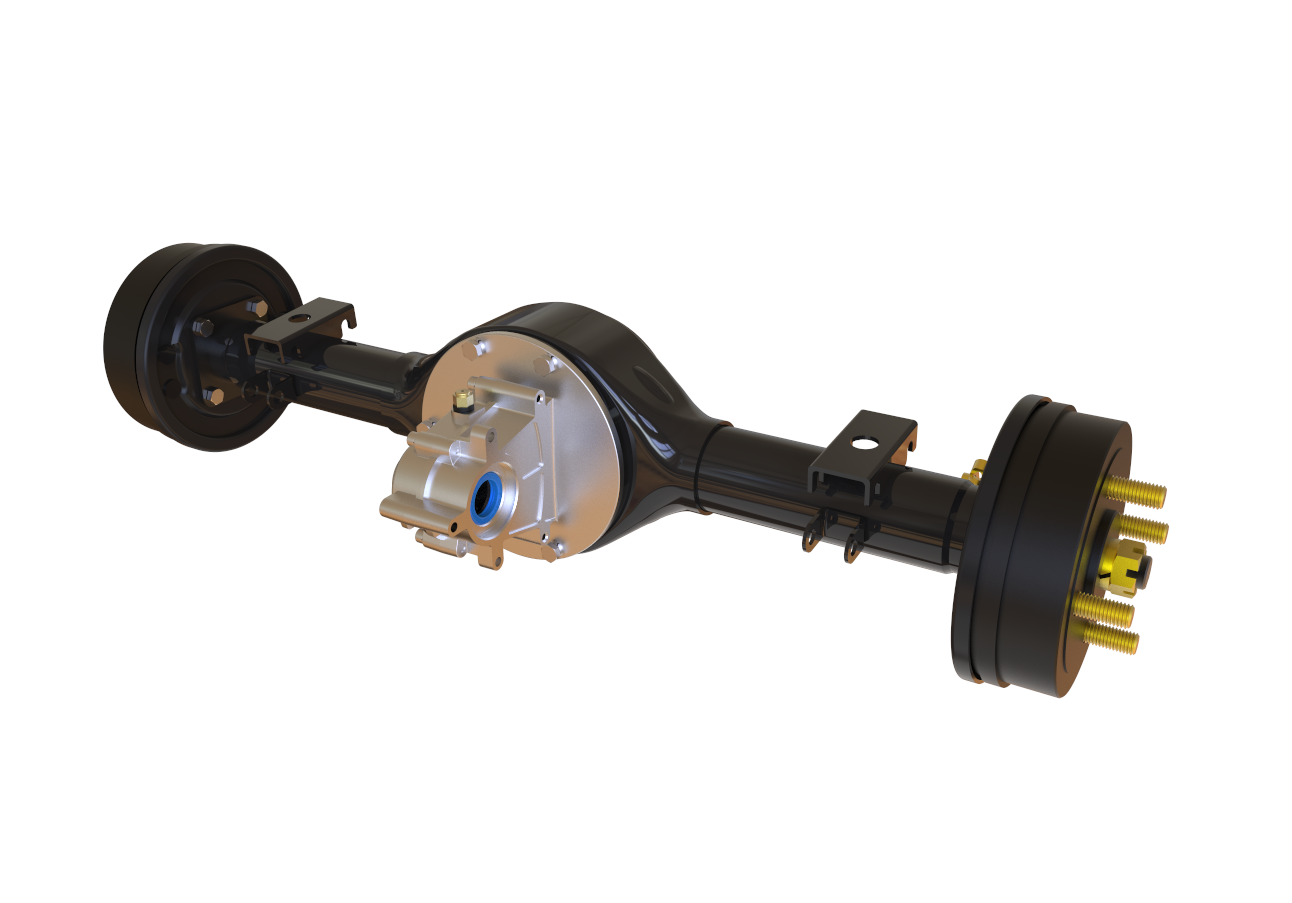
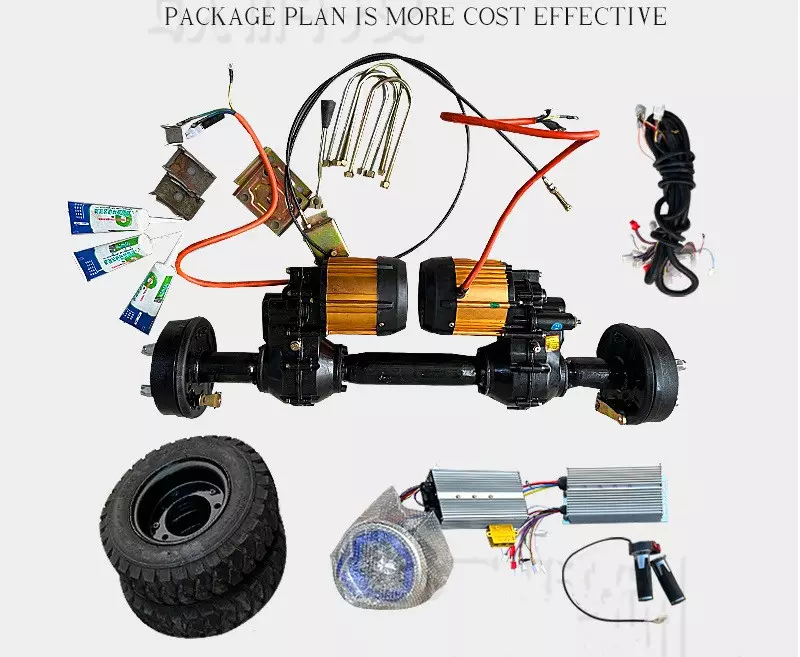

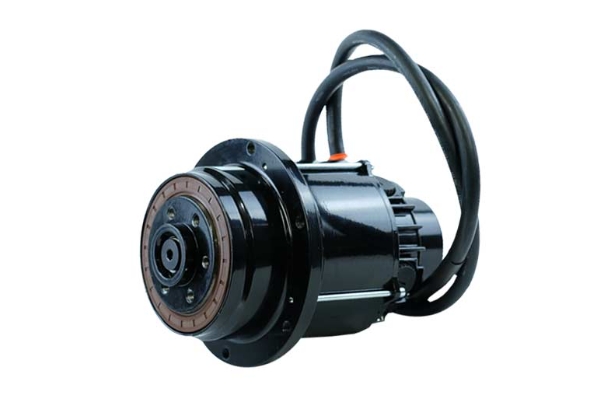
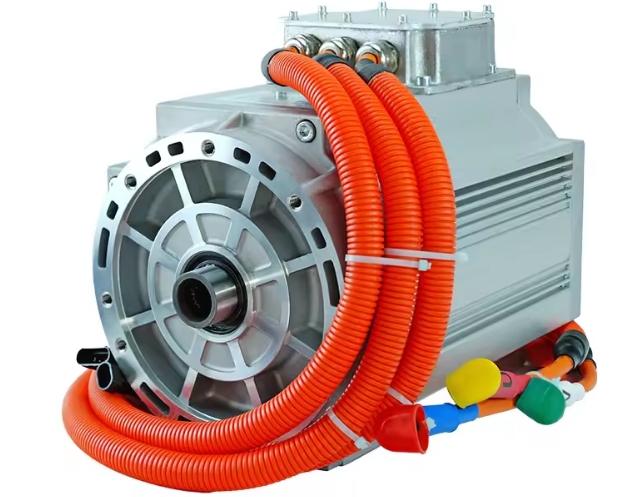
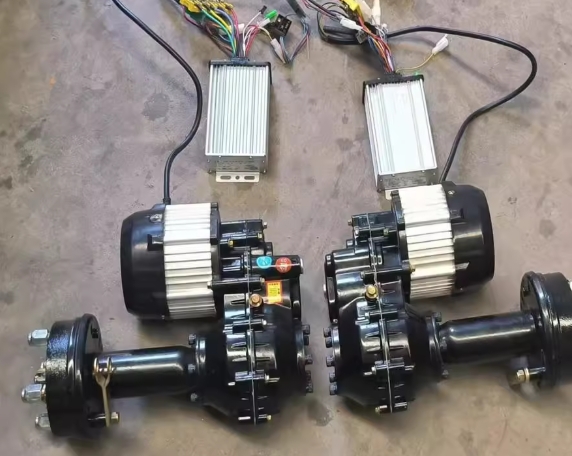
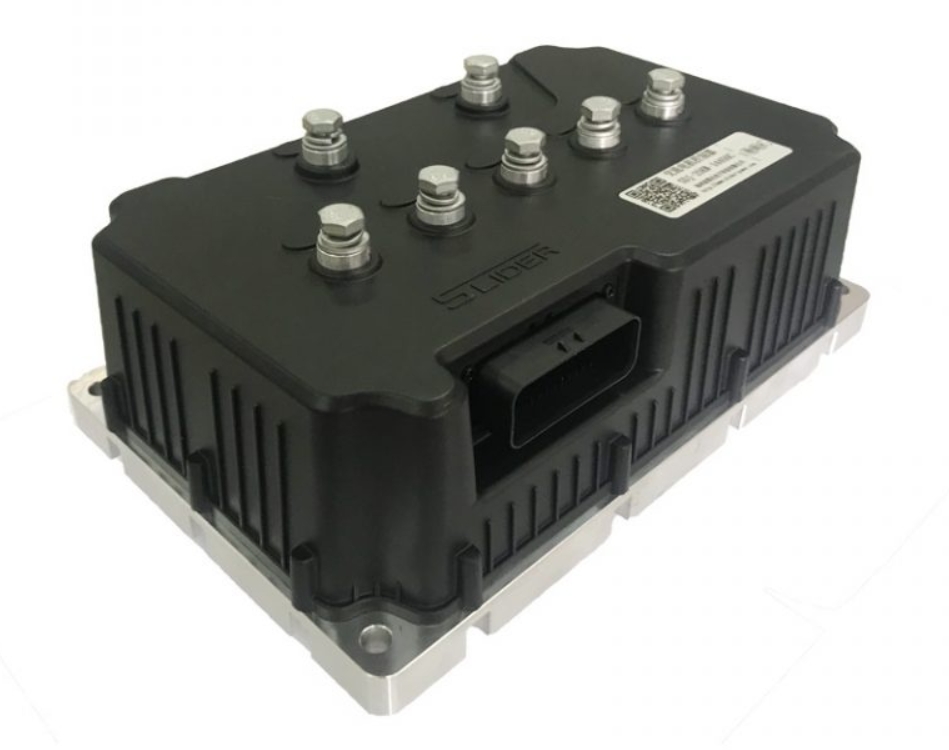

















 XINDA
XINDA